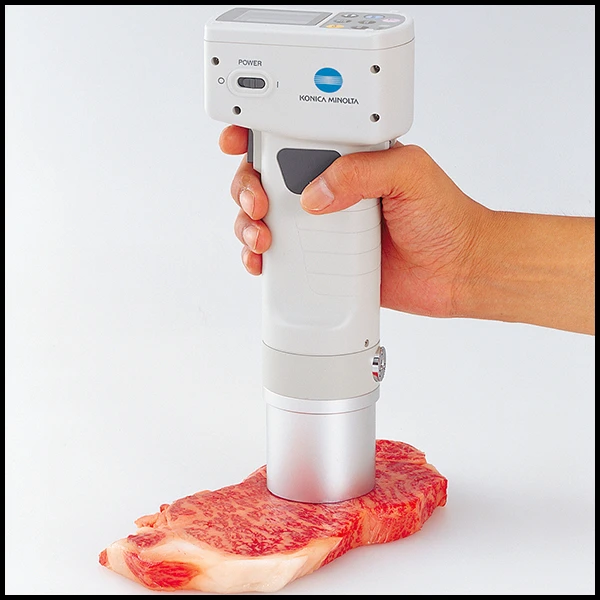How To Measure the Color of Meats and Poultry?

Color and appearance are an indicator that consumer commonly used to determine the freshness and quality of meats and poultry. Meat color stability depends on multiple factors such as animal genetics, diet and processing methods. Color evaluation is essential in helping meats and poultry processors ensure their product is of the highest quality consistently.
Visual evaluation of meats and poultry color is fundamental as they are closely related to consumer evaluations. This method alone is insufficient and subjective. Our human eyes may not replicate similar evaluation on a day-to-day basis and is influenced by factors like lighting condition, sample size and eye fatigue. Also, communication of color can be challenging. To ensure objective color evaluation and communication, color measurement instrument is required.
Color measurement instrument can also help meats and poultry processors classify fat content of red meats by quantifying the amount of marbling. Within the poultry industry, evaluating the skin yellowness helps determine the fat content.
The most commonly used color space to describe food color is the CIE L*a*b*. With the help of color measuring instruments like Konica Minolta Chroma Meters CR-410, user can obtain fast and objective color evaluation with ease. A lightweight and compact instrument, the handheld CR-410 is suitable for on-site field and laboratory usage.
Click here to watch a video of the CR-410.
To learn more on meats and poultry color measurement, click here or contact us at +65 6563 5533 for a free consultation with our color specialists.
